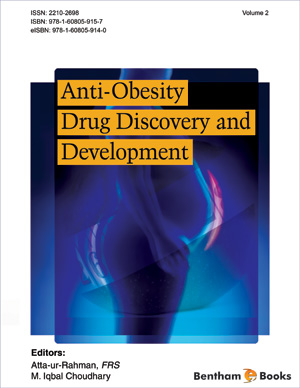Abstract
Obesity is a heterogeneous disorder predisposing patients to a variety of diseases such as; metabolic syndrome, type 2 diabetes, cardiovascular lesions and malignancies. Adipose tissue is principally deposited subcutaneously and centrally. The predominance of central, viscerally deposited fat may alter the immunological, metabolic and endocrine milieu. Visceral adipose tissue mass secretes a number of proinflammatory cytokines, adipokines and growth factors leading to low grade inflammatory process and insulin resistance.
In the first phase of insulin resistance a compensatory hyperinsulinemia develops. Insulin is not only the mediator of glucose uptake and metabolic processes but also a growth factor. Excessive insulin production enhances the secretion and mitotic activity of insulin-like growth factors as well. Moreover, insulin is a potent effector of sexual steroid hormone production and obesity associated hyperinsulinemia stimulates ovarian and adrenal androgen production at the expense of reduced estrogen synthesis.
Metabolic syndrome is a partially compensated phase of insulin resistance. This is a quartet of elevated fasting glucose, high serum triglyceride, low HDL-cholesterol and hypertension being characteristic of viscerally obese patients. Each of these symptoms is strong risk for obesity associated morbidity. Type-2 diabetes is the final uncompensated phase of insulin resistance with a disruption of metabolic processes causing serious damages in all biological structures even at a molecular level.
Estrogens and estrogen receptor signals have diverse anti-obesity impacts. Estrogen has positive regulatory effects on the serum lipid profile, insulin sensitivity and energy homeostasis and on advantageous body fat distribution. Estrogen ensures the healthy balance of adipocytokine secretion in the adipose tissue and increases insulin sensitivity. Moreover, it preserves the functional activity of pancreatic beta cell mass improving the biosynthesis and secretion of insulin.
Premenopausal obesity is frequently associated with defective estrogen synthesis, androgen excess, anovulation and infertility. Hyperandrogenism of obese young women is common risk for both premature cardiovascular diseases and malignancies in the female organ triad; breast, endometrium and ovarium. After menopause, increasing prevalence of obesity and insulin resistance is well known in women. Hormone replacement in obese postmenopausal women improves insulin resistance and decreases the accumulation of visceral fatty tissue.
Antiobesity treatment may be completed by estrogen administration in order to restore the metabolic and sexual hormone equilibrium and to protect patients from obesity related co-morbidities.
Keywords: Cancer, cardiovascular disease, estrogen loss, hyperandrogenism, hyperinsulinism, insulin resistance, menopause, metabolic syndrome, obesity, type 2 diabetes.






















